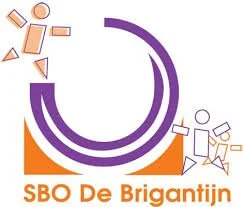Network
ROBOT-BOND isn’t just about studying human-robot bonding, it’s about shaping the future of the field by building a strong, connected research community.
Our mission is to create an interdisciplinary network where experts from diverse fields can collaborate, share insights, and push the boundaries of human-robot interaction. Since human-robot bonding is inherently interdisciplinary, we actively engage with research groups, institutions, and organizations across various domains to foster collaboration.
Beyond our dedicated task forces, which focus on specific research challenges, we also maintain broader collaborations with research teams, academic institutions, and industry partners. These connections strengthen our collective expertise and open new opportunities for advancing the field.
On this page, you will find our collaborators and relevant institutions, reflecting our commitment to interdisciplinary exchange and collective progress in human-robot interaction.








